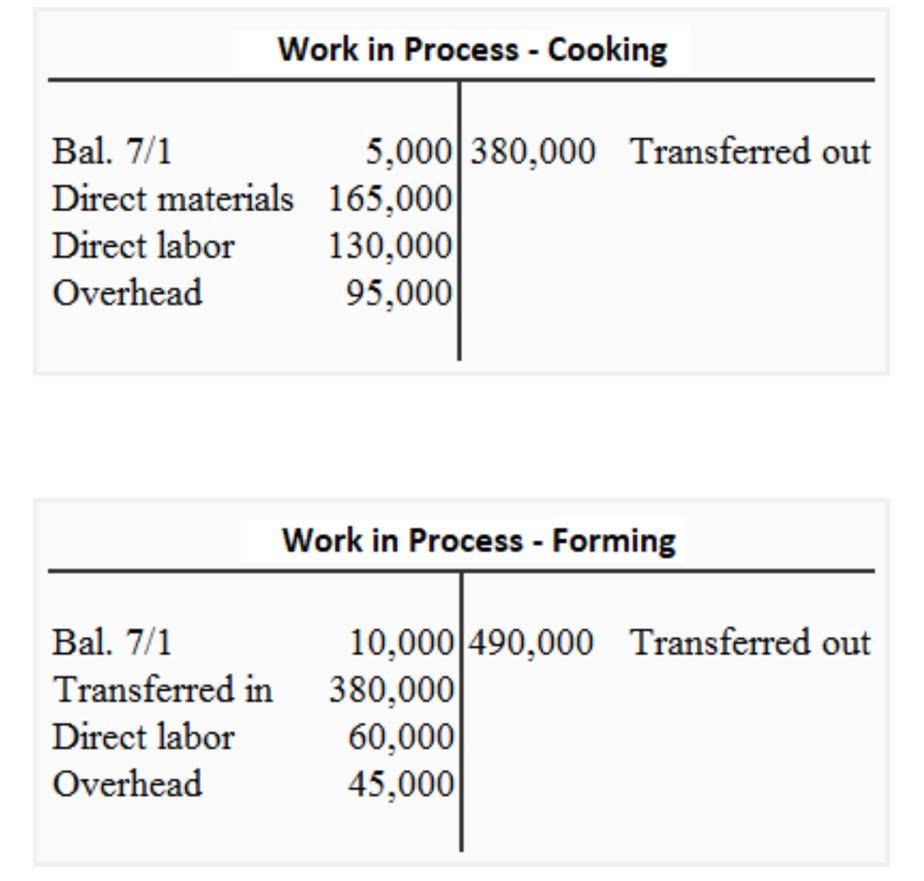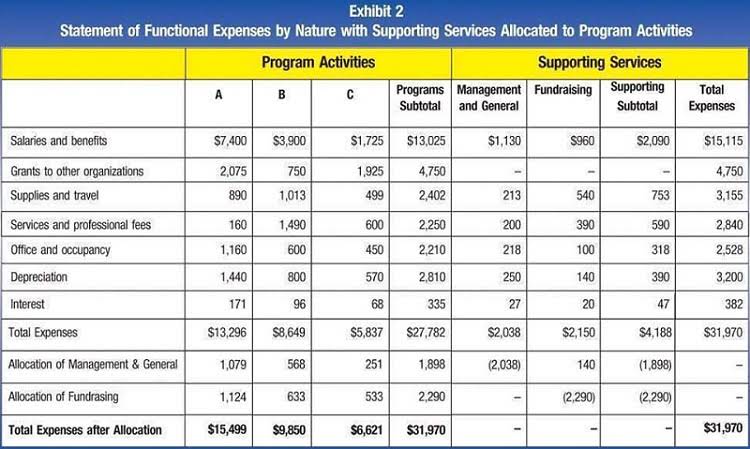The Internal Revenue Service, in an effort to satisfy legal requirements, confers the status of enrolled agent to qualified candidates. An individual who has been certified as an enrolled agent is then allowed to serve as an intermediary for private businesses and citizens in relation to tax questions and disputes. Enrolled agents are typically employed by businesses specializing in handling income tax resolutions or preparing tax returns. If you don’t currently have the IRS experience to become an enrolled agent, you’ll need to pass the EA exam.
- Candidates who have a sufficient amount of work experience, according to IRS guidelines, may not even be required to take the exam.
- This document explains that you can obtain an Enrolled Agent designation in ۱ of ۲ ways.
- An enrolled agent is responsible for representing individuals to the Internal Revenue Service.
- First, it is important to understand the difference between an enrolled agent and a CPA.
- EA salaries depend on a variety of factors, such as the number of years of experience, type of experience, and work location.
Enrolled agent salaries?
The EA exam was designed to produce only the most qualified and competent enrolled agents. But fortunately, you can prepare to pass by utilizing an EA review course. And with affordable pricing, this investment in your future definitely pays off. So, use our comparisons of the best EA review courses to find the right EA course for you, and use our EA discounts to save on your preferred exam prep.
Create your username and password
- Individuals who are considering becoming enrolled agents should enjoy working with people and have high ethical standards.
- However, it is vastly cheaper than that of preparing and sitting for the EA exam, and takes much less time to complete.
- Considering becoming an Enrolled Agent, but curious about the salary prospects?
- On the other hand, accounting jobs for enrolled agents at top corporations like Apple, Starbucks, FedEx, and GE typically pay between $۶۰,۰۰۰ to $۸۰,۰۰۰ per year.
- Once you get your first job, experience starts to include actual time working in the industry and your accomplishments at work.
Once the above is submitted, the account is created, and PTIN is generated. Senior level internal revenue agents can earn a healthy income in the accounting world. If your goal is to work at one of the Big ۴ accounting firms, the Enrolled Agent designation is one way to stand out from other applicants. Learn how becoming a tax expert can help you excel at firms of all sizes on our Enrolled Agents at the Big ۴ blog.
Which companies pay enrolled agents the most?
For example, a small agency that specializes in escrow accounting may not need an enrolled agent. On the other hand, a small company that specializes in complex tax situations would really benefit from having one or two EAs on staff. Additionally, because enrolled agents are federally designated, they can work in any state in the country.
For instance, in California, the salary will be comparatively higher than any other location in the US. In New York City, the average salary for an enrolled agent is above the national average, with NY EAs making $۶۲,۴۲۳ on average. Additionally, http://www.music۴life.ru/topic/۱۱۰۳۹-publicist–professional-show-business-pt-i/ a cursory glance at Boston EA jobs reveals that salaries range anywhere from $۵۰,۳۱۶ and $۷۰,۱۴۲. Elsewhere in the region, such as Baltimore, the majority of the enrolled agent positions pay between $۴۵,۹۰۸ and $۶۳,۹۹۸ per year.
Experience the Surgent Difference
Therefore, you should compare the average EA salaries across the United States to better understand how much you can make as an EA. Compared to many other certifications, this qualification costs less, even though it cannot be called inexpensive. Thus, it is always better to clear each level at the first attempt to save costs.
However, actual EA salaries may vary quite a bit when you consider all the variables. For example, your years of experience as a tax professional will help you earn more. The size of the company and the scope of your responsibilities also affect your earnings. Unlike other non-enrolled tax professionals, an enrolled agent has special permission to perform legal services that other tax professionals cannot. The main service that distinguishes an enrolled agent from others is the ability to represent taxpayers.
How to increase your salary as a tax preparer
For instance, CPAs working for conglomerates or in a CPA firm could easily bring in six-figure salaries. A mid-level enrolled agent with between five and ۱۰ years of experience can generally expect to earn an average salary of $۵۰,۰۰۰. The IRS designates EAs, but because they represent taxpayers before the IRS, enrolled agents cannot work there. However, some prefer to work for only one client or for a corporation or a smaller business. As you’ll see, each employment option for enrolled agents has its pros and cons. One reason enrolled agent salaries across America are so widespread is that enrolled agents can hold various positions.
The larger the company, the higher the pay for a given role, and the better defined your career path will be. They prepare tax reports, ensure the accuracy of the company’s tax documents, and are responsible for handling any issues. They must stay up to date on relevant tax laws and often communicate across departments to ensure the entire firm is complying with accounting procedures.
Firms are especially interested in candidates with technology skills that can be applied to growing areas like cloud systems and data analysis. Managers are looking for new ideas and are prepared to provide the necessary on-the-job training to prepare new hires for success. This is a great time to go into accounting, and becoming an Enrolled Agent will help you land an http://www.exspressinform.ru/get/۳۹۴۰/privatbank-v-chisle-luchshih-bankov-tsentralnoj-i-vostochnoj-evropyi.html even bigger starting salary than you could without it. If you’re looking to speed up your salary gains in tax preparation, the best thing you can do is earn a professional designation, like the Enrolled Agent designation awarded by the IRS. Earning an EA confirms to clients the tax knowledge that you have, and keeps you up to date every year on any changes in taxation.
Similar to having a corporate attorney, having an enrolled agent on staff helps many companies stay on top of their complex tax issues. For instance, corporations rely on enrolled agents to advise them on policy, prepare taxes, and represent them in audits and other proceedings before the IRS. According to the ۲۰۲۴ Robert Half Salary Guide, hiring trends in accounting and finance continue to favor the job candidate. Firms are looking to fill entry-level positions, so recent accounting grads and young professionals are in a great position to get their first accounting job.
The biggest step you can take to increase your salary as a tax preparer is to become an Enrolled Agent. Enrolled agent salaries typically http://www.familiesforexcellentschools.org/news/nyc-parents-charter-school-leaders-to-demand-de-blasio-administration-stop-systematic-denial-of-charter-schools-seeking-public-space range between $۲۲,۰۰۰ and $۵۴,۰۰۰ yearly. Becoming an enrolled agent can also provide a certain amount of career security.


